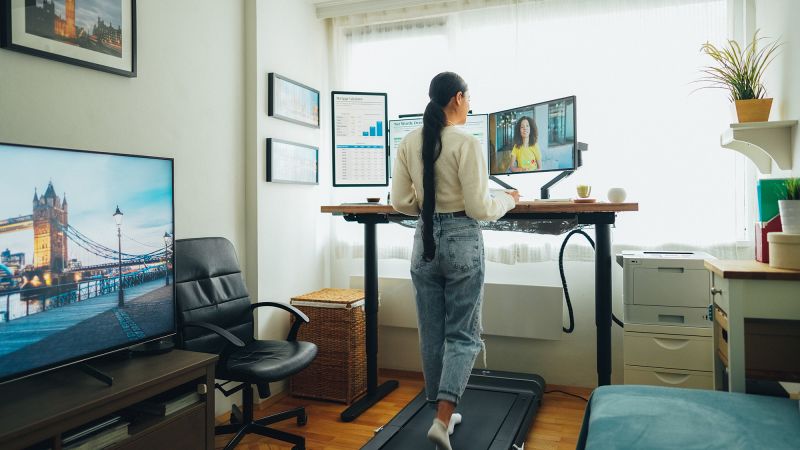Bringing More Movement into Your Daily Life
Regular exercise can improve mood, reduce disease risk, and enhance longevity. However, the motivation to hit the gym may not always be there. For those who experience “gymtimidation” or simply prefer alternative forms of activity, incorporating simple yet effective changes into daily routines can significantly boost health.
Understanding NEAT and Its Benefits
Optimizing everyday movement is rooted in the concept of non-exercise activity thermogenesis (NEAT). Dana Santas, a certified strength and conditioning specialist known as the “Mobility Maker,” explains, “It includes all the movement we do throughout the day that isn’t part of a formal workout — things like walking to the kitchen, doing chores, standing instead of sitting, or even fidgeting.” These small actions can accumulate to have a notable impact on energy expenditure and metabolic health.
Santas adds, “But NEAT isn’t just about burning more calories — it’s also about how our bodies are built to move and function.” With Americans spending approximately six to eight hours a day seated, prolonged sitting has been linked to increased risks of premature death, cardiovascular disease, type 2 diabetes, and obesity.
To combat a sedentary lifestyle, it’s essential to become mindful of daily movements and find ways to incorporate more activity. “Frequent, varied movement throughout the day supports joint mobility, muscle health, bone density, circulation, mental focus, and even sleep,” Santas noted. To facilitate this, she often suggests incorporating “movement snacks,” short bursts of activity that interrupt long periods of sitting.
14 Ways to Increase Daily Movement
The intensity of certain activities can enhance their effectiveness, according to Nicholas Rolnick, a New York City-based physical therapist. You can gauge this either through an accelerometer or the “talk test,” which helps you monitor your exertion level based on your breathing.
- Exercise while waiting: When your food is cooking, do squats, wall sits, or take a lap around your workspace instead of scrolling through your phone. “These activities improve your lower extremity strength and elevate your heart rate,” Rolnick says. Gradually increase the intensity over time by modifying your squats or wall sits.
- Park further away: When running errands, parking at a distance can add more steps to your daily routine.
- Walk or bike: Choose to walk or cycle for nearby errands rather than driving. Wearing a backpack while doing so can increase your physical workload.
- Take the stairs: Opt for stairs instead of elevators or escalators to improve body composition and metabolic health. Climbing even more than five flights daily can lower your risk of premature death by 7% to 9%.
- Move while on the phone: Instead of sitting down, walk around the block while talking on the phone; research links walking to lower risks of various diseases.
- Get active during TV time: Do resistance exercises, lift weights, or walk on a treadmill while enjoying your favorite shows.
- Use a standing desk: While not fully active, standing at your desk engages more muscles than sitting. However, it remains vital to incorporate movement breaks.
- Take meetings outdoors: Whenever feasible, hold work meetings outside, which helps combat the health risks of prolonged sitting.
- Consider a walking desk: Utilize a desk treadmill or walking pad during your work hours for more movement.
- Exercise while brushing: Try calf raises, squats, or wall sits during your teeth-brushing routine.
- Carry groceries: Take your purchases to your car instead of using a shopping cart for added low-intensity movement.
- Increase walking pace: If you enjoy walking, speed up your pace. A pace of over 4 miles per hour has been associated with a significantly reduced risk of type 2 diabetes. Consider adding lunges or step-ups along the way.
- Speed up chores: Complete household tasks, such as vacuuming, more quickly to elevate your heart rate.
- Set movement reminders: Set a timer to remind you to walk for five to ten minutes every hour, which can add up to 40 to 80 minutes of activity throughout an eight-hour workday, significantly reducing the health risks associated with prolonged sitting.
Studies indicate that accumulating 60 to 75 minutes of moderate-intensity physical activity daily can greatly decrease the risks linked to prolonged sitting.





